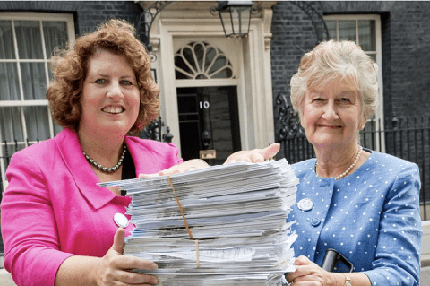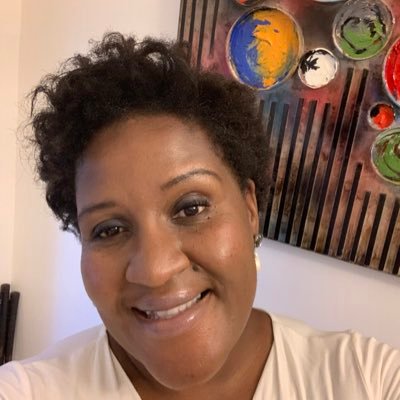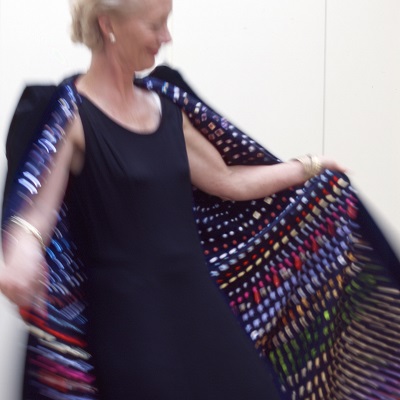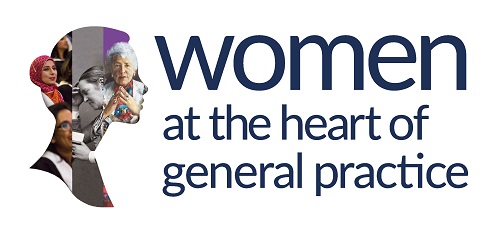The first generation of women doctors suggested that many women were neglecting their health rather than be seen by a man.
In 1991, Lotte Newman gave a lecture titled ‘Second among equals’, in which she highlighted that women patients tend to choose the family practice, attend more frequently themselves, and also bring children, the elderly and disabled patients more often than men.
More recent research has confirmed the importance of patient choice, not least that women patients seek out women GPs for cervical smears, contraception and breast disorders.
"However, women GPs continue to be wary of being typecast as the colleague who specialises in women’s and children’s health, simply based on their gender."
“be especially cautious...if your patient be female, and the questions refer to marriage, menstruation, lactation, uterine affections, constipation, urination or other delicate subjects, so that her confidential secrets may not be exposed, or her modesty offended.” Dr Jukes de Styrap, The Young Practitioner, 1890
“She had a strong feeling that socially deprived areas were not being properly looked after and supported. By then she had got to know some of the top civil servants and leaders of the NHS. She chatted them up in her Mollie way, and then persuaded them to come and see what it was really like in the East End.” Dr Mollie McBride, remembered by Professor Sir Denis Pereira Gray
“the ’67 abortion act was very important … contraceptive availability and the pill coming in, especially for us, female doctors who tended to have a higher female clientele than the men.” Gill Yudkin, 2018
Key dates
1911 the National Health Insurance act was passed, providing free healthcare to breadwinners, but normally excluding wives and children
1948 the National Health Service began
1978 the National Association for Patient Participation was founded
People
Find out more about individual women’s experiences by clicking to expand.

Dr Patricia Wilkie OBE is a social scientist with a particular interest in the patient perspective. This is reflected in her academic work and her long history of voluntary work with disease organisations, charities and government committees. She served on the College’s patient liaison group and was the first lay chairman of the patient group of the Academy of Medical Royal Colleges and the chairman of the Patients Association. She is currently President of the National Association for Patient Participation (CIO).
"As a teenager growing up in Scotland, I was interested in the underdog and the underprivileged. I was influenced by my experiences in early nursing training, in particular poverty, deprivation and the terrible effect on women’s bodies of multiple births so prevalent in the late 1950s, as well as my experience of antenatal care in an Edinburgh maternity hospital. Living later in Zurich and experiencing a different health system demonstrated that things could be done differently! I realised that some things needed to change.
"My current role as President of the National Association for Patient Participation has brought together many strands of my thinking highlighting the continuing need for the patient voice to be heard in the consultation, in the practice and with policymakers at national level.
"While some things have improved, the patient voice in the organisation of healthcare is still not clearly heard. Patients are the underdog, and this continues to drive me."
The RCGP has embedded working with patients for many years, has had its own patient liaison group to inform our policies since 1983, and has worked closely with the National Association of Patient Participation. Professor Maureen Baker (RCGP Chair 2013-2016, also Honorary Secretary 1999-2009) has spent her career championing patient safety including roles at the National Patient Safety Agency, and the development of patient safety modules for doctors in training. She is current Chair of the Professional Records Standards Body, and a trustee of Patient Safety Learning.
Image: Dr Maureen Baker (former Honorary Secretary 1999-2009, and Chair 2013-2016) and Patricia Wilkie (National Association of Patient Participation Chair) handing in a petition in support of the College’s Put Patents First Campaign to 10 Downing Street, 2014.

Dr Margaret Ikpoh is a GP Partner in Hull, Faculty Chair for the Humber & Ridings Faculty and Nationally Elected RCGP Council Member. She is also an Associate Director for Primary Care for Hull York Medical School. She represents Primary Care on the North-East and Yorkshire Regional People Board. Margaret is the research lead for her PCN, delivering several urgent public health studies and has recently created the Triple Helix Initiative exploring how community link teams can deliver research across the primary-secondary care interface to disadvantaged communities.
“There is evidence that as women GPs we have better interactions with our patients adopting a more patient-centred approach to our consultations. This has been attributed to us engaging more in rapport building, exploring the psychosocial domain and an increased willingness to share more information in the consultation. Increasingly more women are also working in socially disadvantaged communities however it’s important that the demands of those roles, lack of flexibility of working patterns, discrepancy in pay and lack of leadership opportunities do not create barriers to engaging patients in those communities. We have come a long way in terms of career progression in the last century but still have some way to go before we reach gender equity.”
Stories
Under Wraps

As Pharmacopoeia, GP Dr Liz Lee and artist Susie Freeman have collaborated on artworks that explore our relationship with medicines over more than 20 years. Under Wraps illustrates the menstrual narrative, from menarche to menopause, and incorporates medication for pain, thrush and heavy bleeding, alongside contraceptives, HRT and the morning after pill.
“Women in the developed world now menstruate many more times than they ever have before. By the late twentieth century women could expect about 400 periods in their lifetime whereas women born in the mid-nineteenth century had about 200. There are several reasons for this. With better health and nutrition, the average age for the onset of menstruation has dropped over the last 150 years from 16 to 13. Even more significant are changes to our patterns of childbearing and breastfeeding. Breastfeeding inhibits ovulation in most women and so each child born and breastfed for 6 months may prevent about 20 periods. The huge reduction in average family size has thus led to a significant rise in the total number of periods.
“As well as the obvious day-to-day advantages to having fewer periods there are also a number of highly significant medical ones. Up to a third of women report heavy periods and significant pain each month. Premenstrual bloating, breast tenderness, headaches and irritability cause significant morbidity and anaemia as a result of menstruation and is one of the commonest causes of chronic ill health in the world. Most worrying of all is that an increase in both ovarian and endometrial cancer is linked to ovulation. The more we ovulate, the more likely we are to develop one of these malignancies because ovulation causes an increase in cell division in the womb and the ovary.
“Few women manage to get through life without consulting a doctor about their periods at some time. Most problems occur towards the beginning and the end of our fertile years. After the onset of menstruation our ovaries sometimes take a year or two to get into their stride resulting in erratic ovulation and chaotic periods that are often heavy and painful. Analgesia may ease the pain, but the only help for the unpredictable bleeding patterns is to put girls on the pill.
“The recent huge increase in long-acting reversible contraceptives has not only provided contraception but has released many girls and women from the tyranny of ‘incessant menstruation’.”
- Dr Liz Lee
Image: Under Wraps by Liz Lee and Susie Freeman - artwork and images © 2021. Credit: Chloe Stewart.
Shoreditch Stories, Michael von Graffenried, 2012
In 2012 Swiss photojournalist Michael von Graffenried worked with GP Dr Kate Adams to document patients of Shoreditch Park Surgery in Hackney, London. The panoramic photos were taken in the patients’ homes, capturing their stories and the wider sense of community.
Kate reflected that the project, a real collaboration between art and medicine, allowed her to gain different perspectives that, as a GP isolated in her surgery, she sometimes missed.
Voices
Listen as Dr Zirva Khan explains the value of working within a community of the same cultural background, and Dr Shamarah Mathurin-Charles reflects on her experiences advocating for her patients. You can also hear Maggie Eisner discussing the feminisation of general practice with Amanda Howe, and Peter Tooley considering the addition of women GPs to a practice.
Transcripts
- Transcript for Dr Zirva Khan
- Transcript for Dr Shamarah Mathurin-Charles
- Transcript for Maggie Eisner
- Transcript for Peter Tooley

Discover the exhibition
Find out more about the history of women in general practice by visiting our Women in GP exhibition.
Thank you for your feedback. Your response will help improve this page.
